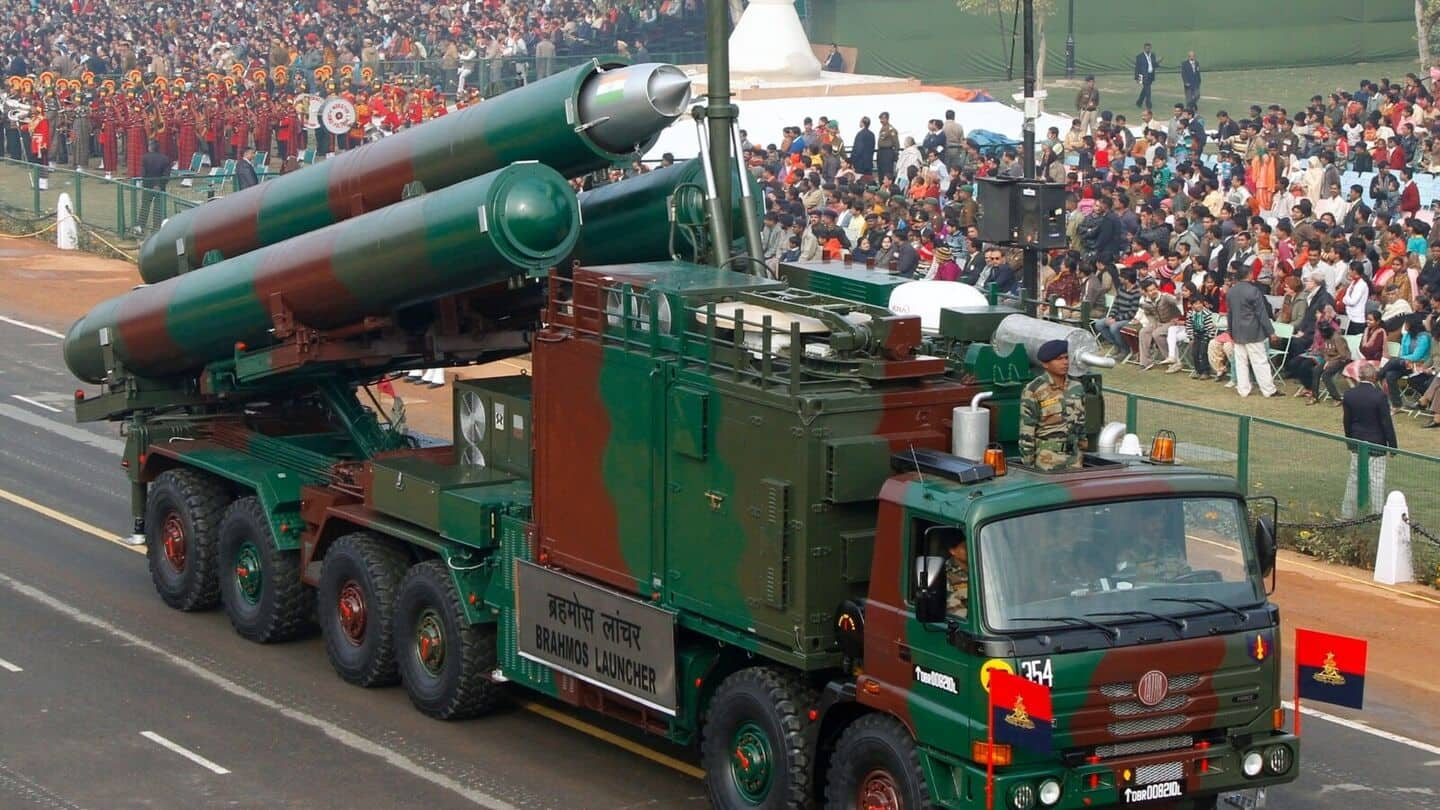
BrahMos used in Operation Sindoor as interception is impossible: DRDO
What's the story
Pakistan's Foreign Ministry claimed that India's supersonic BrahMos missiles were used in Operation Sindoor, which sought to hit targets deep inside Pakistan. Dr Sudhir Kumar Mishra, ex-Director-General of BrahMos at DRDO, told CNN-News18 in an exclusive interview that these missiles "cannot be intercepted" by any known air defense systems around the world.
Missile capabilities
BrahMos missiles: A superpower in missile technology
Dr Mishra stressed India's "superpower" status in missile technology and the special features of the BrahMos. He said Pakistan or China's air defense systems cannot intercept these supersonic missiles because of their advanced design. BrahMos's range is from 300km onwards, and recent tests in the Bay of Bengal showed an impressive striking range of up to 800km. It also has a speed of Mach 2.8-3.0.
Tactical advantages
BrahMos missiles can inflict severe damage
Dr Mishra elaborated on the destructive potential of BrahMos missiles; in particular, their ability to cause significant damage to runways. Satellite images recently confirmed damage at Pakistan's Sargodha airbase, one of the eight bases reportedly targeted by Indian projectiles during Operation Sindoor. He also pointed out that these missiles could disable enemy assets and inflict severe damage due to their high speed and precision.
Unique features
BrahMos: An indigenous liquid supersonic cruise missile
Dr Mishra stated that India and Russia are the only countries to have a liquid Supersonic Cruise Missile like BrahMos, which is a joint development between the two nations. He said it is a cruise missile that can take a low-to-high trajectory, therefore making it impossible for any ship-based radar to pick it up. Dr. Mishra also emphasized the accuracy of BrahMos missiles, which hit their targets with pinpoint precision.